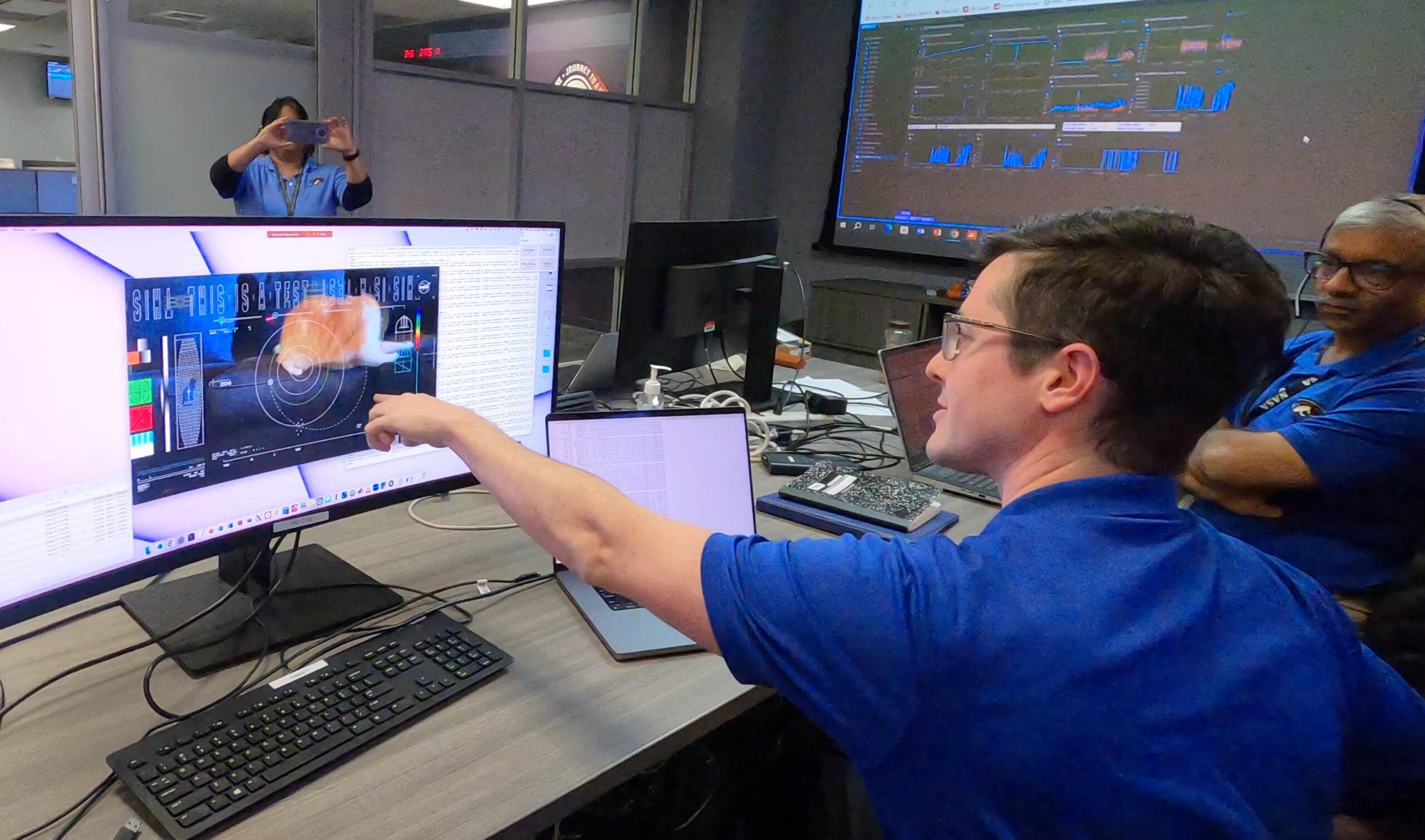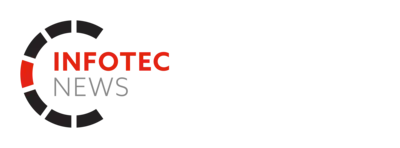15-second video of tabby cat Taters chasing a laser is streamed in ultra high-definition video from Psyche spacecraft back to Earth
With work and life increasingly conducted online, we’re always keen for better, faster connection speeds. NASA has just successfully tested an especially swift new system for streaming data, transmitting a video some 19m miles (or 21m km) from space in just 101 seconds. But the story is making the news because it involved a cat video.

Ryan Rogalin, DSOC Receiver Electronics Lead at NASA JPL, working in the mission support area as the video of Taters is received. Image: NASA/JPL-Caltech
Test subject Taters, who belongs to an employee at NASA’s Jet Propulsion Laboratory (JPL) in California, remained safely on Earth for the experiment. The video, of Taters happily chasing the light from a laser pointer, was uploaded onto the Psyche spacecraft which launched from Kennedy Space Center in Florida on October 13, aboard the SpaceX Falcon Heavy rocket.
After a trip of two months, on December 11, the Psyche spacecraft was 19m miles or 21m km from Earth – about 80 times the distance between us and the Moon. Yet it took just 101 seconds for the video, encoded as near-infrared laser, to be received by Hale Telescope in Palomar in California.
You can see the NASA cat video here:
From there, the video was streamed to nearby JPL – on an ordinary internet connection, which took longer than to receive the video from space!
Traditionally, data from space probes has been returned to Earth via radio frequencies but these cannot accommodate high-quality images and video. The new laser technology means more information can be transmitted at once.
As evidence of how the system can work to transmit richer data collected from space, the cat video used in the test was overlaid with additional information including technical mission details and things such as Tater’s age, breed and heart rate.
The spacecraft transmitted the video back to Earth at the system’s maximum bit rate of 267 megabits per second. Psyche’s cutting-edge Deep Space Optical Communications (DSOC) flight laser transceiver can both send and receive such communications.
Pam Melroy, Deputy Administrator at NASA, says: ‘This accomplishment underscores our commitment to advancing optical communications as a key element to meeting our future data transmission needs.
‘Increasing our bandwidth is essential to achieving our future exploration and science goals, and we look forward to the continued advancement of this technology and the transformation of how we communicate during future interplanetary missions.’
In related news:
















Leave a Reply